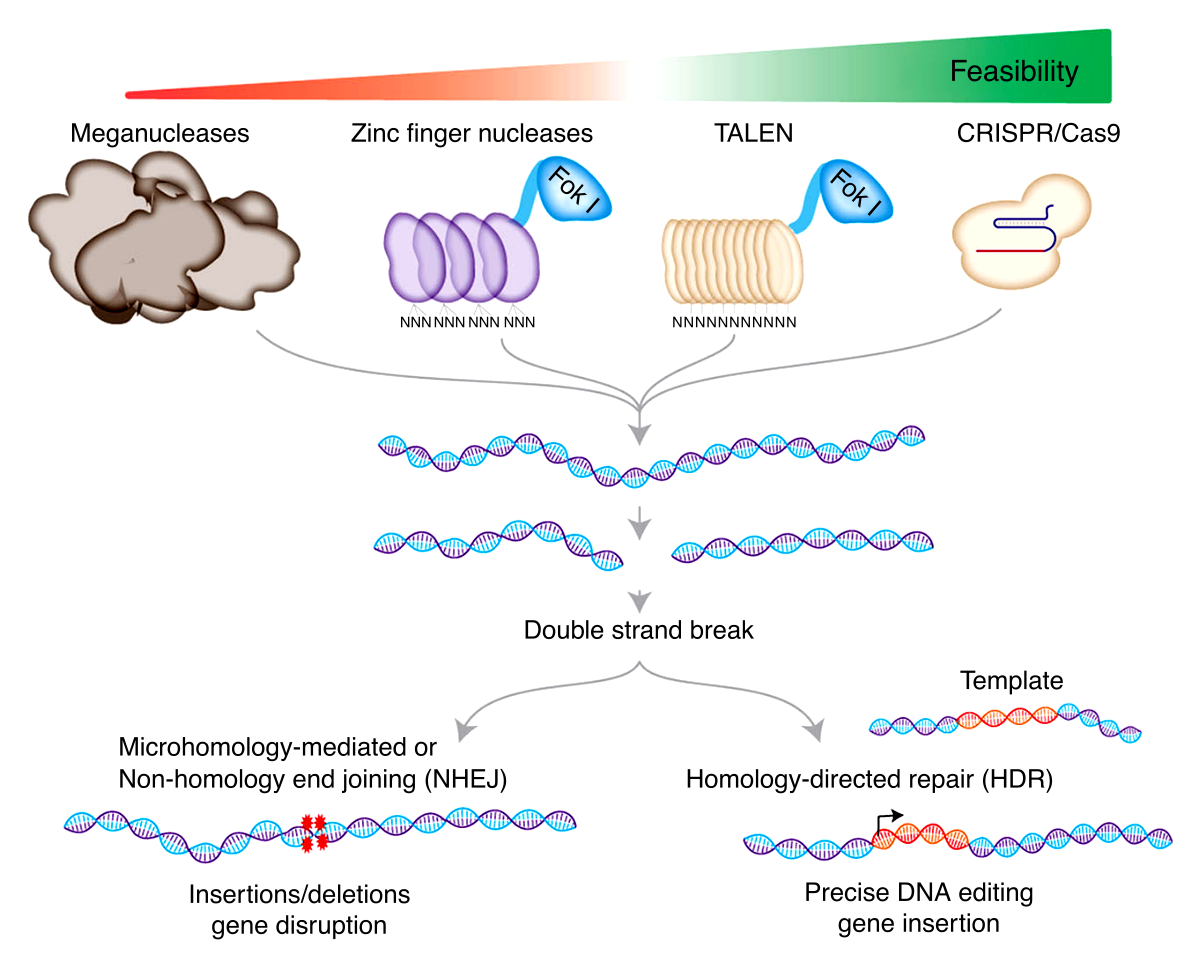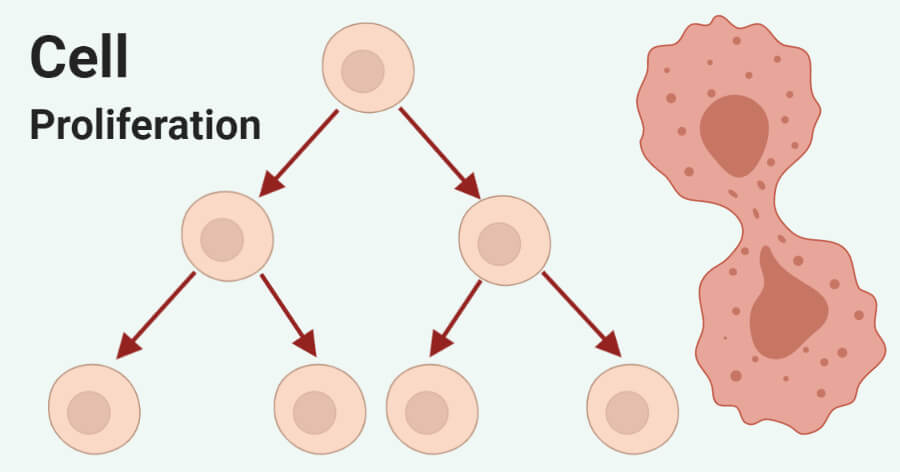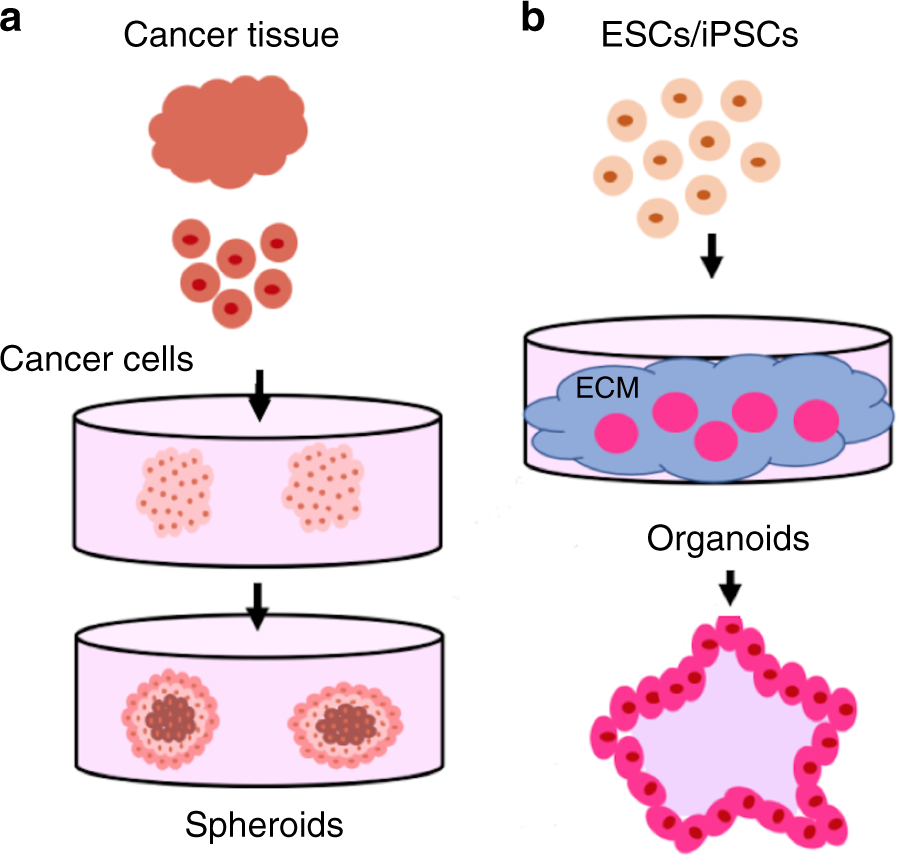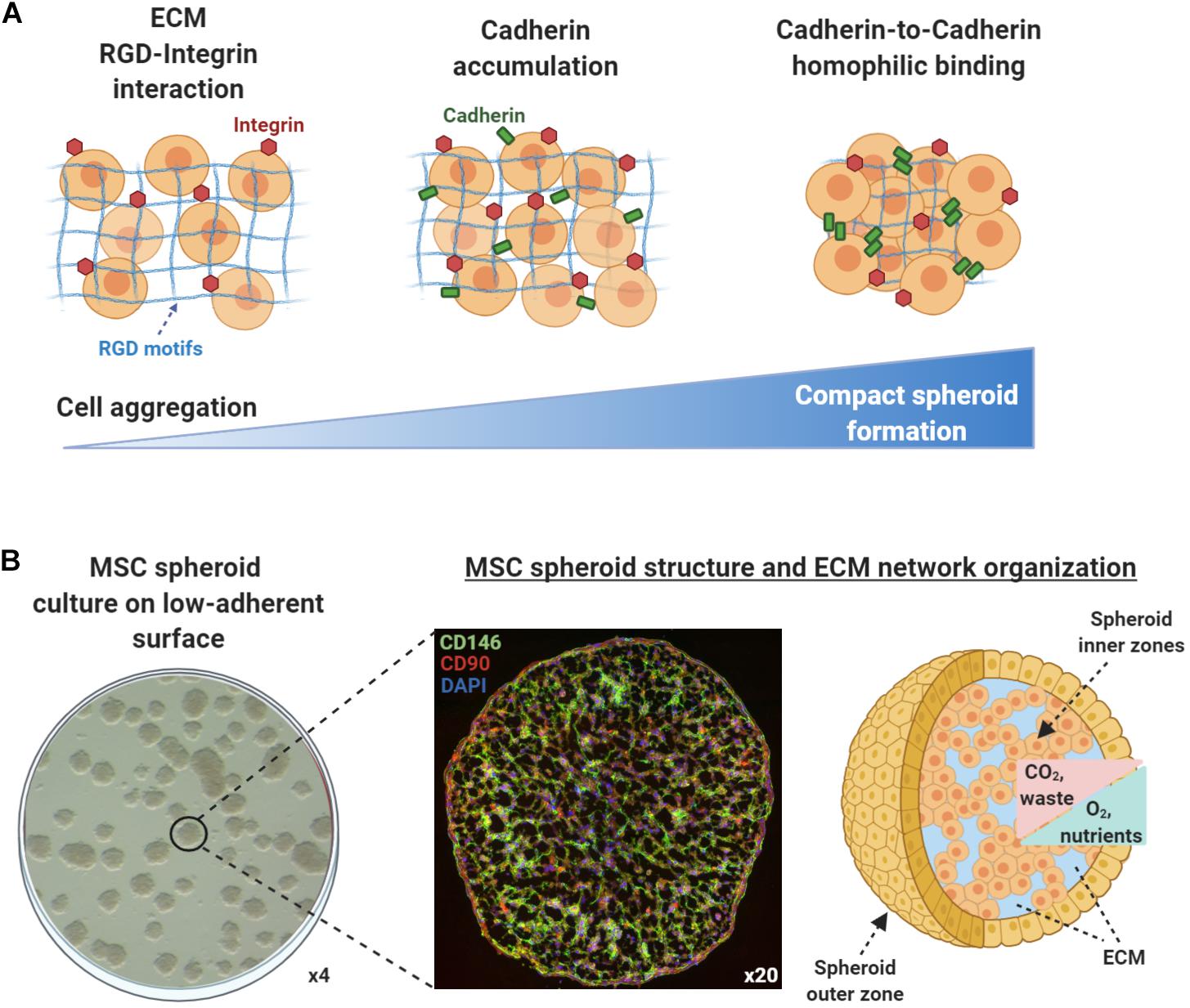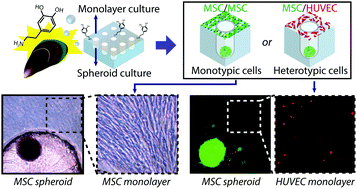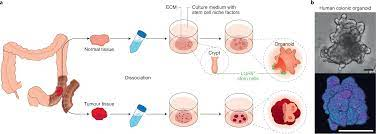Deoxyribonucleic acid – DNA building block of life
Deoxyribonucleic acid (DNA) is a molecule that contains the biological and genetic information that make each species and each individual unique. In eukaryotes, DNA is found inside a specialised area of the cell called nucleus. Due to the small size
Genome editing Methods explained
In 1970s, the development of genetic engineering – manipulation of DNA or RNA established a novel frontier in genome editing (1). Over the past few years, the development of genome editing has revolutionized research on the human genome, which has
Ways to promote Cell proliferation
The size of an organ or organism depends mainly on its total cell mass, which depends on both, the total number of cells and the size of cells. Cell number, in turn, depends on the amounts of cell division and
In vivo vs in vitro systems
The etymological origins of in vivo and in vitro comes from Latin, in vivo describes something within a living organism while in vitro describes something in glass such as a test tube or petri dish. An in vivo study involves
Cell culture hood
Major requirement of a cell culture laboratory is the need to maintain an aseptic work area that is restricted to cell culture work. The simplest and most economical way to provide aseptic conditions is to use a cell culture hood.
Organoids and their promising potential
Using organoids to study immunotherapy has been an emerging technique. In a study published in 2019, a method of co-culturing tumour organoids with peripheral blood lymphocytes generated immune cells that recognize and kill autologous tumour organoids. This method preserves the
Spheroids and three-dimensional stem cell cultures
A spheroid culture system provides a similar physiochemical environment to in vivo, by facilitating cell-cell and cell-matrix interaction to overcome the limitations of traditional monolayer cell cultures. Due to the importance of stem cell culture systems in clinical applications, researchers
Cell cultures – Monolayers to spheroids
Cells have been cultured since the 1940s and are generally used to investigate cell biology and molecular mechanism. Cells are taken directly from a tissue and after suitable preparation, transferred into an artificial environment. Cultures are kept in special dishes
Human derived organoids
Organoids constitute an improved model system in which cell types more closely resemble the in vivo situation and are in similar conditions to those found in the human body. Diverse organoid systems provide a useful variety for their complexity and
Organoids in drug screening
Organoid research has been an emerging filed in the past few decades since organoids have the potential to provide better cancer drug screening. While cell culture is important for determining whether a drug should advance to clinical trials, a study



